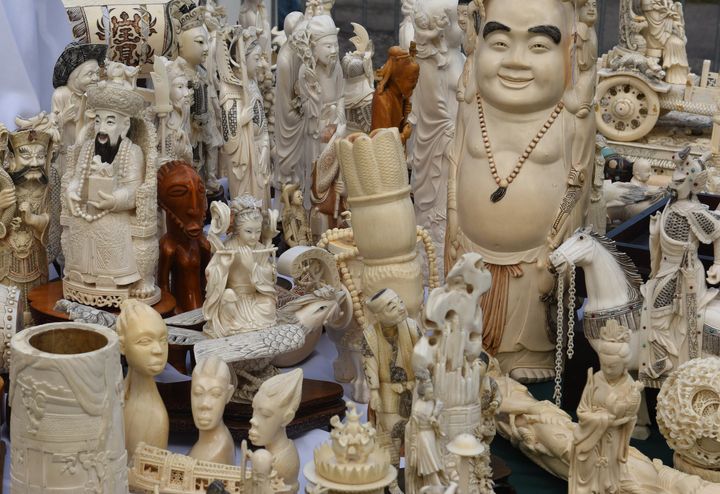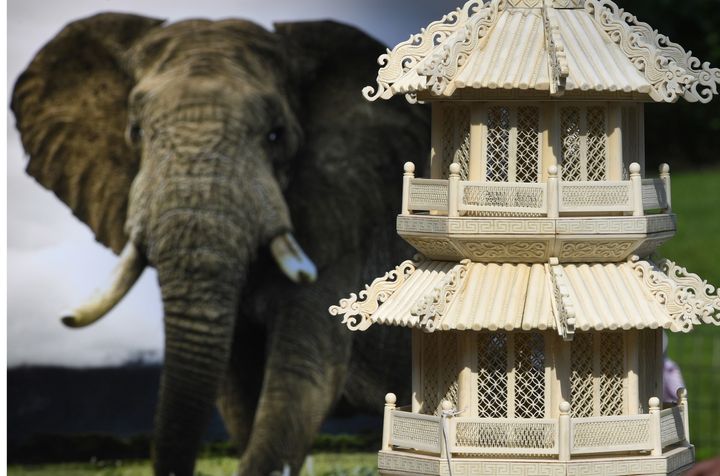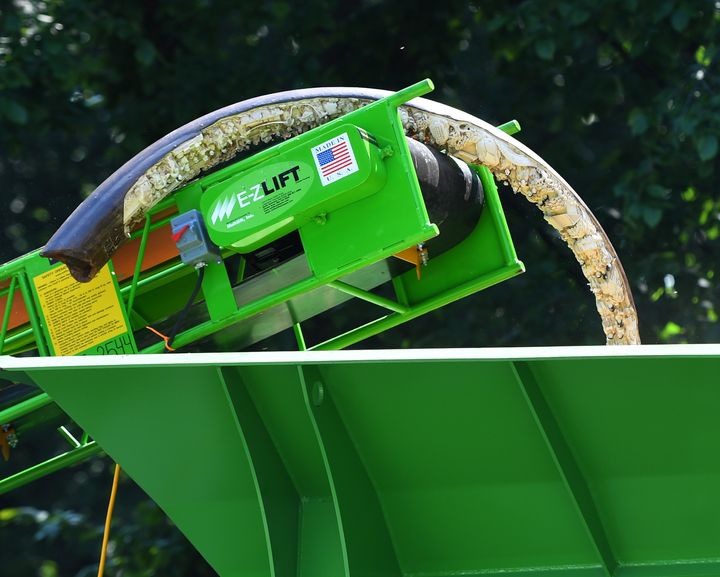A 2 ton haul of ivory trinkets, statues and jewellery crafted from the tusks of at least 100 slaughtered elephants has been destroyed in a rock crusher.
The event, in New York’s Central Park, was held on Thursday to demonstrate the state’s commitment to smashing the illegal ivory trade.
Many of the items were beautiful. Some were extremely valuable. Estimates put the total worth at around $10 (£7.6m) but the Wildlife Conservation Society (WCS) insists no price justifies slaughtering elephants for their tusks.

“By crushing a ton of ivory in the middle of the world’s most famous public park, New Yorkers are sending a message to poachers, traffickers and dealers who try to set up shop right here on our streets,” said John Calvelli, WCS executive vice president and director of the 96 Elephants Campaign. “We won’t stand for the slaughter of elephants. Nobody needs an ivory brooch that badly.”
The sale of ivory across international boundaries has been banned since 1990, but the US and many other countries have allowed people to buy and sell ivory domestically, subject to certain regulations that gave smugglers loopholes. Last year, the US Fish and Wildlife Service instituted a near-total ban on the domestic commercial ivory trade and barred sales across state lines.

More than 270 tons (245 metric tons) of ivory have been destroyed by governments and conservation groups in high-profile public events in 22 countries, according to the WCS.
Some critics have argued that destroying ivory could drive up black market prices by increasing scarcity, thus encouraging more poaching. Others argue that it’s wasteful and that it would be better to sell confiscated ivory to pay for conservation efforts in poor African countries.

Michael ’t Sas-Rolfes, a South Africa-based independent conservation economist told the National Geographic: “I’m sceptical. It’s a PR stunt and reduces storage costs for governments.
“Ongoing destructions could backfire, reinforcing perceptions of ivory’s scarcity and supporting high black market prices. And doing this doesn’t generate sustainable financing for African parks, where it is desperately needed.”
However Jasmine Williamson, of Stop Ivory, points out that amid recent crushes, burns and other actions against ivory trade, data published by Save the Elephants in March this year shows the price of raw ivory in China (the world’s largest consumer) has plummeted.
She told HuffPost UK: “Ivory is a fashion, not a necessity. This means, according to several recent economic studies, that basic ‘supply and demand’ economics does not apply to ivory and scarcity will not automatically boost prices. This also means that ‘stunts’ like this have the real effect of raising awareness of the elephant poaching crisis and of shaming ivory purchase and ownership.”
Wendy Hapgood, founder of Wild Tomorrow Fund, said crushing events send a signal that laws banning the ivory trade will be strictly enforced.
“It’s a way to tell the world that ivory shouldn’t be coveted, it should be destroyed. It belongs only on an elephant,” she said.
